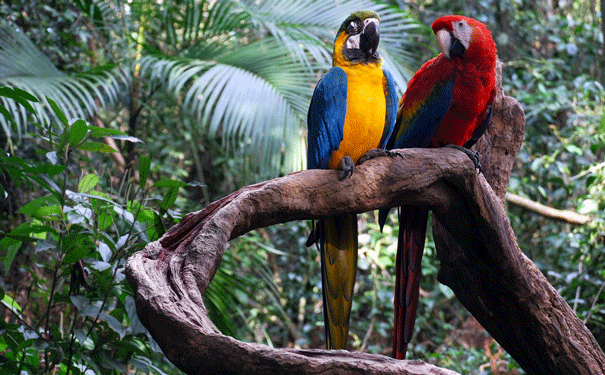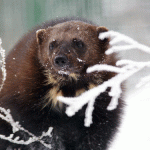
The Amazon is home to a tenth of all the world’s known species. Image: Shutterstock
Raised farming beds used by the Amazon’s earliest inhabitants could lead the way for a sustainable ecosystem.
The Amazon covers over 6.7 million square kilometres, but that number is shrinking all the time. The widespread deforestation could doom our hopes for averting global climate change, which is why some ancient farming secrets could make a huge difference.
The Amazon is home to a tenth of all the world’s known species and contains about a tenth of the planet’s stored carbon, equivalent to about 100 billion tons, according to World Wildlife. At current deforestation rates, 55 per cent of the Amazon’s rainforests could be gone by 2030. The deforestation process may release significant amounts of stored carbon, which would accelerate the global warming process.
Recent findings based on the analysis of pollen, charcoal and other plant remains spanning 2,000 years suggest that we could learn how to manage the land from the Amazon’s earliest inhabitants. In contrast to traditional belief that indigenous people — both pre and post European contact — used fire as a way of managing the land, an international team of archaeologists revealed that indigenous farmers used a technique known as raised-field farming.
Raised-field farming required the building of small mounds along the savannas that form the periphery of the rainforest, where the Amazonians would then farm. These artificial mounds would naturally drain and aerate the soil while retaining moisture, essential for the Amazon’s climate, which experiences an equal measure of drought and flooding.

An aerial view shows the pre-Columbian agricultural raised fields in seasonally flooded savannas of French Guiana. Image: Sephen Rostain
“This ancient, time-tested, fire-free land use could pave the way for the modern implementation of raised-field agriculture in rural areas of Amazonia,” one of the researchers, Dr Jose Iriarte of the University of Exeter, said in a press release. “Intensive raised-field agriculture can become an alternative to burning down tropical forest for slash and burn agriculture by reclaiming otherwise abandoned and new savannah ecosystems created by deforestation. It has the capability of helping curb carbon emissions and at the same time provide food security for the more vulnerable and poorest rural populations.”
While more labor-intensive than simply burning down areas of the forest to make for new farmland, the quality of the land makes up for the reduced quantity. According to the researchers, burning robs the soil of vital nutrients and organic matter, essentially wrecking its entire internal structure.
“Amazonian savannas are among the most important ecosystems on Earth, supporting a rich variety of plants and animals. They are also essential to managing climate. Whereas savannas today are often associated with frequent fire and high carbon emissions, our results show that this was not always so,” Iriarte says. “With global warming, it is more important than ever before that we find a sustainable way to manage savannas. The clues to how to achieve this could be in the 2,000 years of history that we have unlocked.”
Source: Natural History Museum of Utah, World Wildlife






